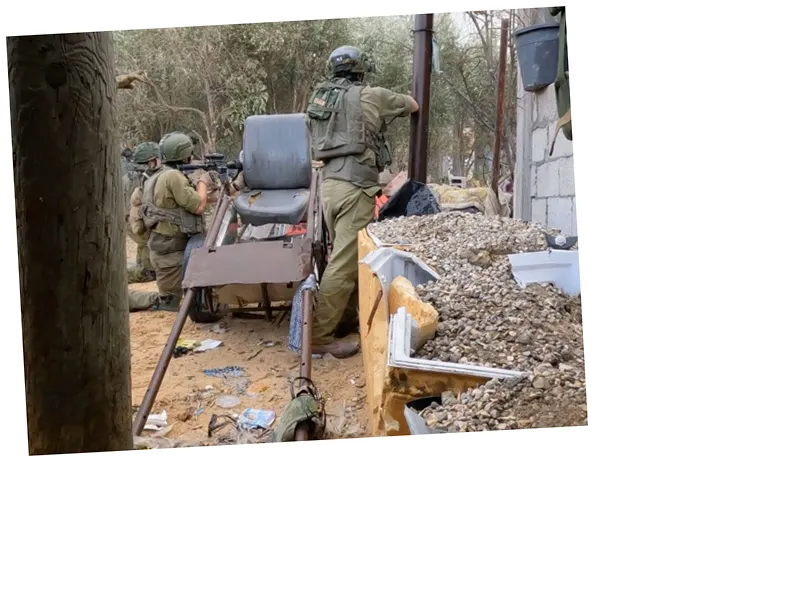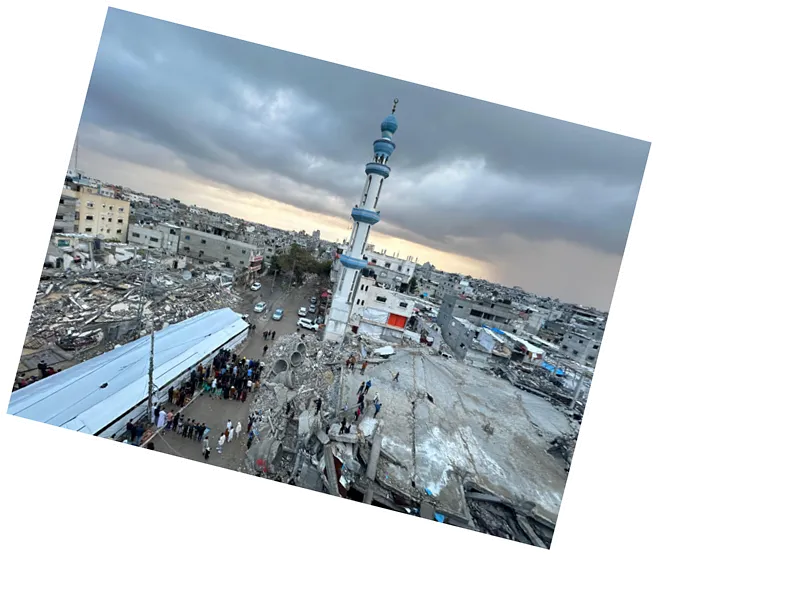Israeli Forces Target Mosques in Gaza: A Devastating Chronicle
Recent footage released by Al Jazeera reveals harrowing scenes of Israeli soldiers and drones engaging in violent actions against mosques across the Gaza Strip. The footage captures Israeli forces storming the Beni Saleh Mosque in northern Gaza, where they reportedly burned all the Qur’ans inside. This act is part of a broader pattern of destruction that has seen many mosques targeted since the onset of hostilities 11 months ago.
Historical Significance of Gaza's Mosques
Among the significant sites affected is the Grand Mosque in Khan Yunis, which has stood for 96 years, predating the establishment of the Israeli state by two decades. The destruction of such historic places of worship highlights the cultural and spiritual loss for the local population. Additionally, the Al-Omari Mosque, one of the oldest mosques globally, was also destroyed by Israeli airstrikes, further emphasizing the scale of the devastation.
The Broader Impact on Religious Sites
According to the Government Information Office in Gaza, the toll of destroyed mosques has reached 609, with 211 more suffering partial destruction since the escalation of violence on October 7. This campaign against religious structures extends beyond mosques, with reports of three churches, including the historic Church of St. Porphyrios, being destroyed. The targeting of places of worship raises concerns about the implications for religious freedoms and cultural heritage in the region.
- The destruction of mosques and churches in Gaza represents more than just physical damage; it signifies a profound loss of cultural identity for the Palestinian people. With the ongoing conflict, many fear that the erasure of such historic sites will lead to the obliteration of their heritage. The international community has raised concerns about these actions, calling them violations of human rights and international law, particularly regarding the protection of cultural sites during armed conflicts.






